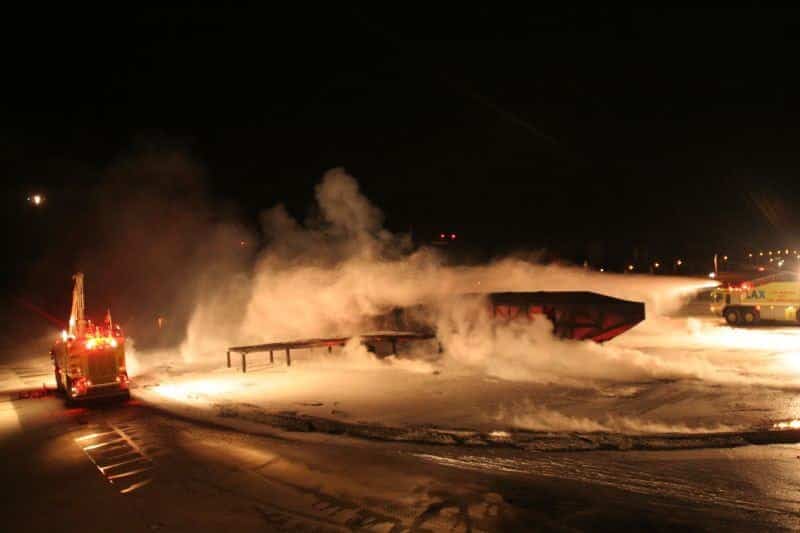One uncertainty regarding per‐ and polyfluoroalkyl substances (PFAS) is the total oxidisable precursor assay (TOPA). TOPA aims to detect PFAS precursor compounds by oxidising samples to see whether or not they develop into regulated (and easier to detect) PFAS compounds – indicative of whether there are regulated PFAS compounds at a site that might later emerge from existing PFAS precursors.
Theoretically, if oxidisation produces regulated PFAS compounds, then TOPA could potentially be used as a detection tool for future PFAS contamination based on oxidation of the harder to detect/analyse PFAS precursor compounds. In practice, TOPA has limitations. While the TOPA method applies strong oxidation to samples, it cannot simulate the oxidising nature of on-site groundwater or aquifers over time. TOPA’s oxidisation method is far more aggressive and essentially yields the worst case scenario. Fate and transport of PFAS are complex and are still not well understood.
TOPA analysis has no standardised method or regulatory guidance, so the results may vary depending on which laboratory and method is used, and exactly how it was implemented.
Another issue with TOPA is that it isn’t contaminant selective, and there is potential for precursors within samples to be affected by other compounds during oxidisation.
4730 PFASs have been identified to date, and approximately 90% of these are PFAS precursors. With such a large volume of compounds capable of transforming into regulated PFAS compounds and limited availability of precursor distribution and transformation data, TOPA should only be used as one of many indicators for site evaluation and not as a direct indicator of risk of PFAS transformation into the site environment.
For a site evaluation that provides the whole PFAS story, contact [email protected] or 13000 43684 (13000 iEnvi). For more on PFAS, check out our expert answers to frequently asked questions.


